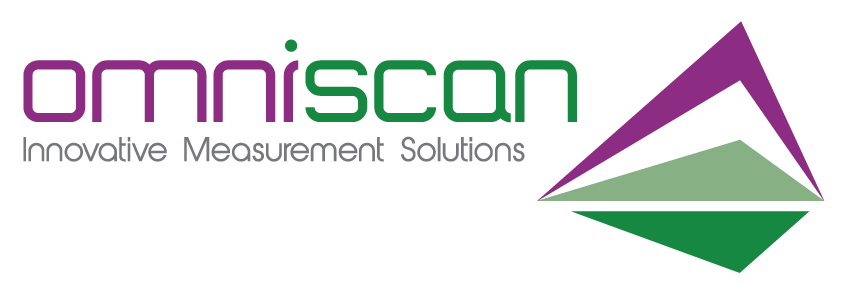Surface roughness is more than a visual or cosmetic characteristic – it plays a critical role in performance, function, and compliance across engineering and manufacturing. But not all roughness values are created equal. Choosing the right parameters are essential to understanding and controlling a surface.
Let’s explore the most common surface roughness terms and when each one matters.
Ra – Arithmetic Average Roughness
Ra is the most widely used parameter. It provides an average of all height deviations from a central line over a measured length. Ra is simple and consistent, making it ideal for general specification. However, it doesn’t distinguish between high peaks and deep valleys—potentially hiding critical defects.
Rz – Mean Peak-to-Valley Height
Rz calculates the average height difference between the five highest peaks and lowest valleys within a measurement length. It gives a clearer picture of surface extremes, which can be vital in sealing, friction-sensitive, or wear-critical applications.
Rt – Total Height of the Profile
Rt measures the vertical distance between the highest peak and the lowest valley across the entire assessment area. It’s useful for detecting outlier defects but may overstate surface roughness if anomalies are present.
When to Use Each Parameter
- Use Ra for general machining and consistent production monitoring.
- Use Rz when peak-to-valley variation affects performance (e.g. gaskets, valves).
- Use Rt when assessing surface damage, scratches, or overall form integrity.
At Omniscan, we help you select and measure the parameters that match your application needs. Our systems support a wide range of roughness standards and ensure compliance with ISO 4287, ISO 25178, and ASME B46.1.
For expert guidance on surface roughness measurement, speak to Omniscan today.


